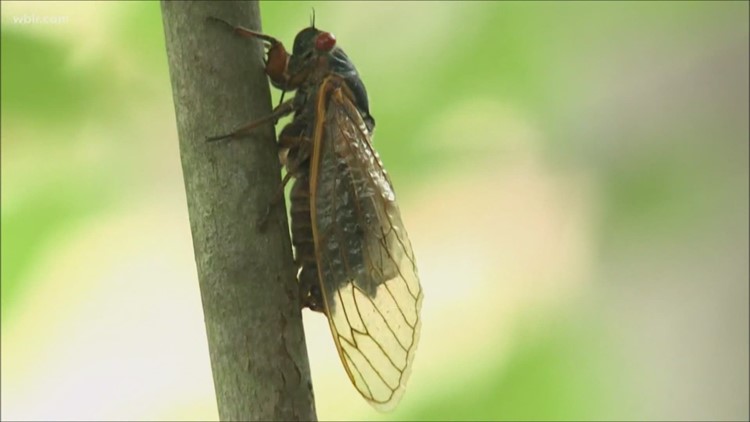This summer, in some parts of the country, cicadas are reappearing after 17 years underground.
There’s plenty of ‘buzz’ about inviting these creepy crawlers to dinner – as the main course.
And it turns out, cicadas are edible, but if you decide to try them, Beth Czerwony, RD, a Cleveland Clinic dietician, said to be mindful about where you harvest them.
“Remember, they’ve been in the ground for 17 years so they’ve been able to absorb pesticides, lawn fertilizer, any other chemical that you would put on your lawn, so maybe you don’t necessarily want to eat them if that’s something you would normally put in your backyard,” she advises.
Insects are commonly eaten by at least two billion people around the world, however they’re not embraced as a food source in most western countries.
Like other insects, cicadas are thought to be high in protein and low in fat and carbs. One study suggests they may be high in antioxidants too.
Cicadas are considered crustaceans, so they’re related to shellfish like shrimp and lobsters.
Shellfish may aggravate gout, a form of arthritis, so if you suffer from this condition experts recommend avoiding eating cicadas. The same goes for people who have a food allergy to shellfish.
“They find it’s similar to shellfish, so if you’re allergic to shellfish, it is recommended that you avoid eating cicadas,” said Czerwony.
Some cicadas may also contain significant levels of mercury, according to one preliminary study. Mercury exposure can be harmful to an unborn or young child’s nervous system, so experts advise pregnant women and young children avoid eating these insects.
►Make it easy to keep up to date with more stories like this. Download the 13 ON YOUR SIDE app now.
Have a news tip? Email news@13onyourside.com, visit our Facebook page or Twitter. Subscribe to our YouTube channel.



